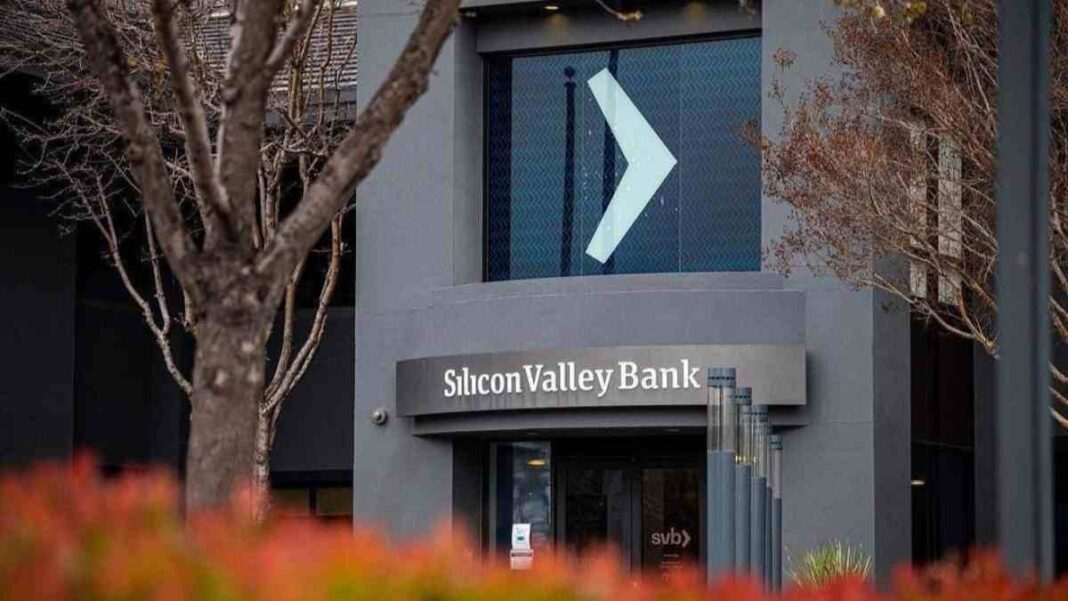UNITED STATES: The world’s most powerful central banks may stop increasing interest rates following the Silicon Valley crisis amid expanding signs of financial stress brought on by rapid boosts in browsing costs over the previous year, economists have said.
Analysts said that the US Federal Reserve would probably decide to keep interest rates the same when it makes its decision next week. This is because the meltdown at the California-based technology lender sent shockwaves through the global financial markets.
Even though the global banking sector is worried about the spread of contagion, the financial markets are less worried about big rate hikes from the Bank of England and the European Central Bank shortly.
Goldman Sachs said that the Fed was likely to keep rates where they are now, which is between 4.5 and 4.75 percent. Earlier, they had expected another increase.
In a letter to clients, the bank’s analysts said that because of the stress in the banking system, they “no longer expect the FOMC to deliver a rate increase at its next meeting on March 22 (vs. our previous expectation of a 25 basis point hike).”
It said that the US central bank would likely increase interest rates by 0.25 percentage points in May, June, and July as it tried to combat rising inflation before rates peaked at 5.25% to 5.5%. They added, “We see considerable uncertainty about the path.”
Nomura’s analysts even predicted that the Fed would lower interest rates at its conference the following week. In a newsletter, they said, “We expect a 25 basis point rate cut and a stop to balance sheet reduction in March, while a new lending facility is possible.”
The financial markets had been expecting a rate hike of 0.5 percentage points as recently as last week before SVB went bankrupt. This was because Fed Chair Jerome Powell had said that more rate hikes would be needed to control inflation.
Financial market traders had given the Bank of England an almost 100% chance of increasing rates by 0.25 percentage points at its upcoming meeting on March 23. As traders in the city think about what would happen if SVB failed, that chance has dropped to 71%.
Economic experts said that the worries about financial stability following the fall of SVB would lead banks to act more cautiously when making loans, which would essentially have the same effect as higher borrowing costs. But they also said that SVB’s failure showed that the effects of the most violent rate hike cycle in decades were still being felt.
“The Fed is starting to break things,” the global head of economics and markets strategy at NatWest, John Briggs, said. He said he thought the Fed would be more likely to raise interest rates by 25 basis points instead of the 50 basis points that were expected.
“If tightening to date is starting to break things, then the Fed may not want to pile on more,” said Briggs.
The SVB bank failed because it had put a lot of money into US government bonds two years earlier when it had a lot of strong deposits from the tech industry and venture capitalists. As the Fed increased interest rates, the price of US government bonds fell, decreasing the worth of its investments.
Additionally, as the tech industry came under strain, it had to deal with growing demands to return depositors’ money. Early on Monday, it was announced that HSBC would buy SVB’s UK operations for £1. This came after the Bank of England, the UK government, and potential buyers met over the weekend to talk about the situation.
Also Read: Biden, California Government Meet to Discuss Silicon Valley Bank Collapse



